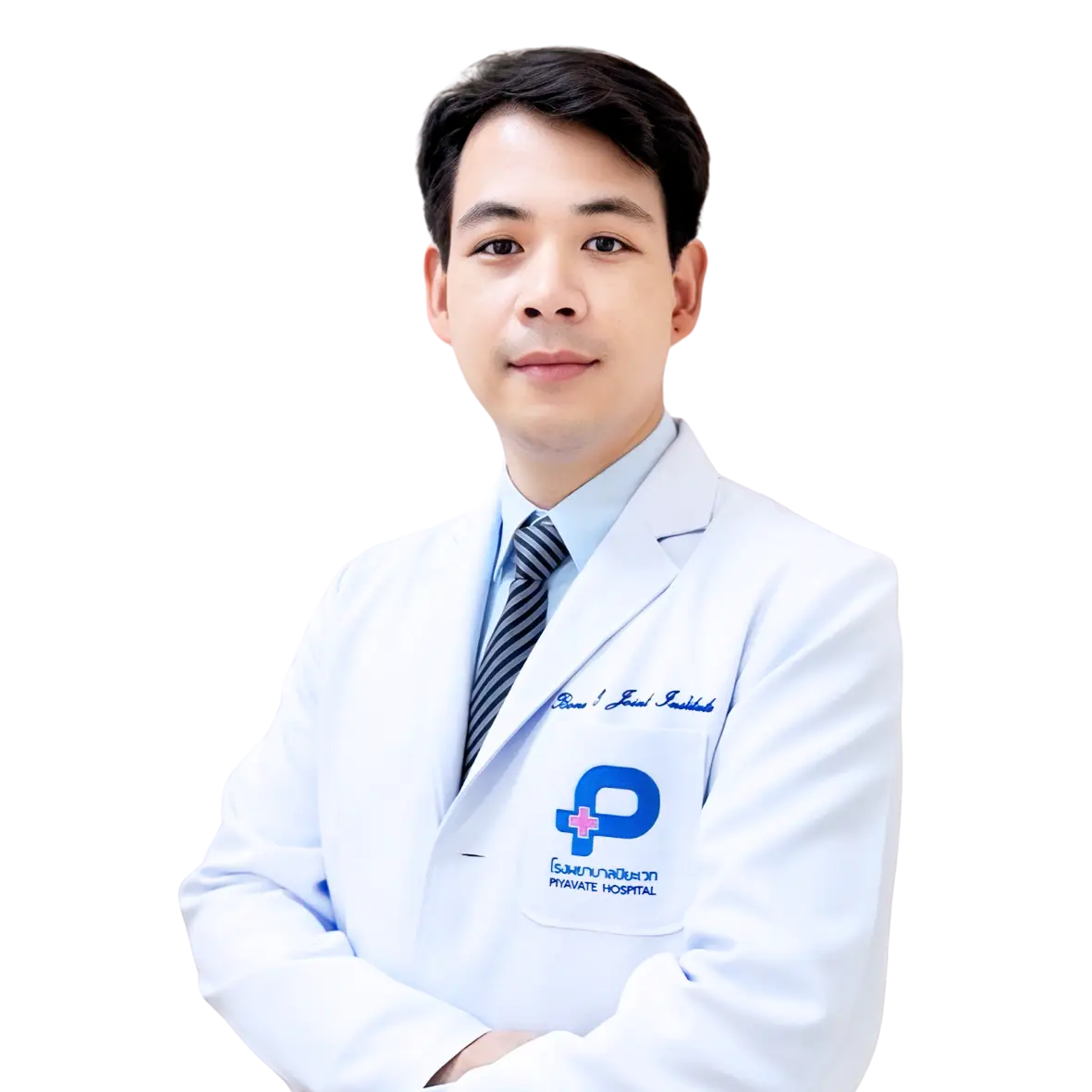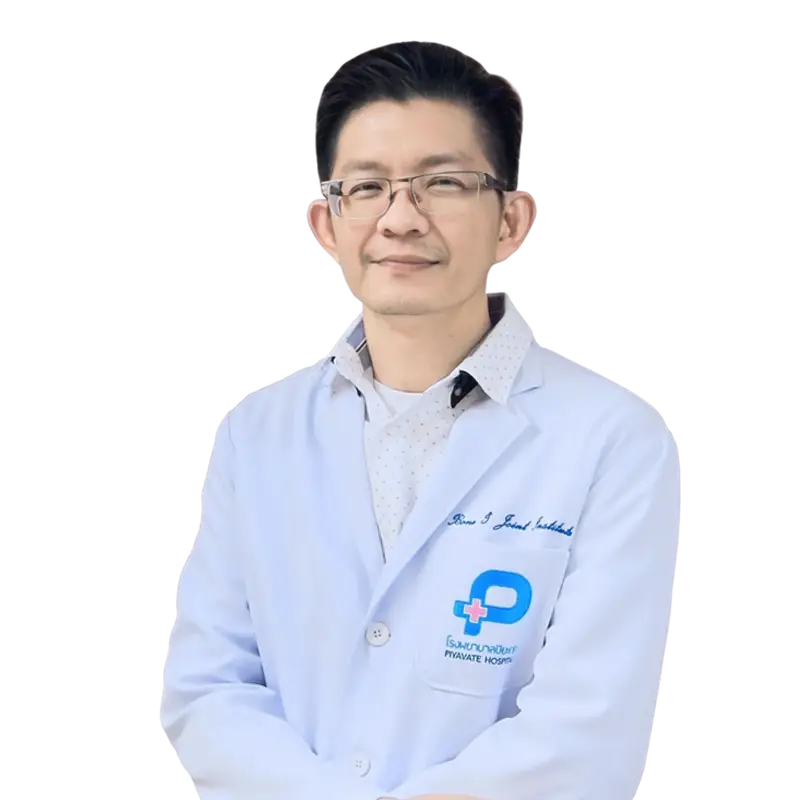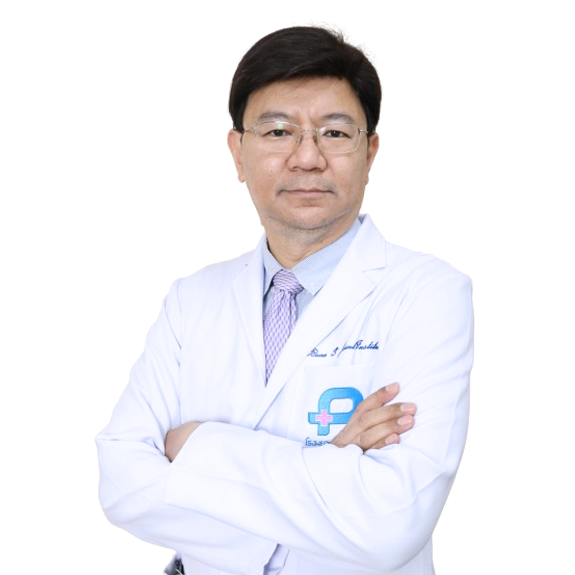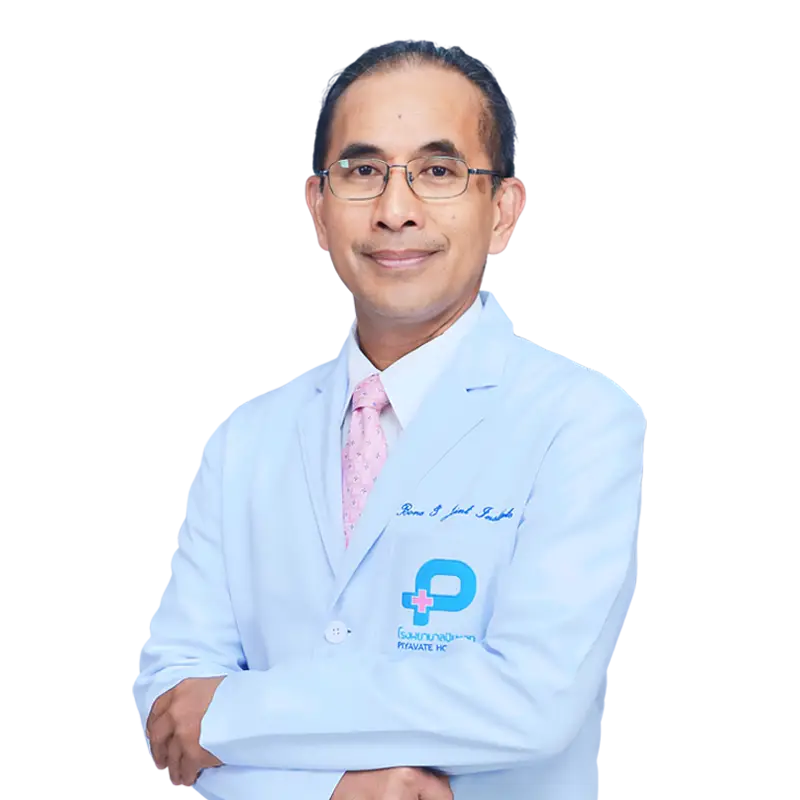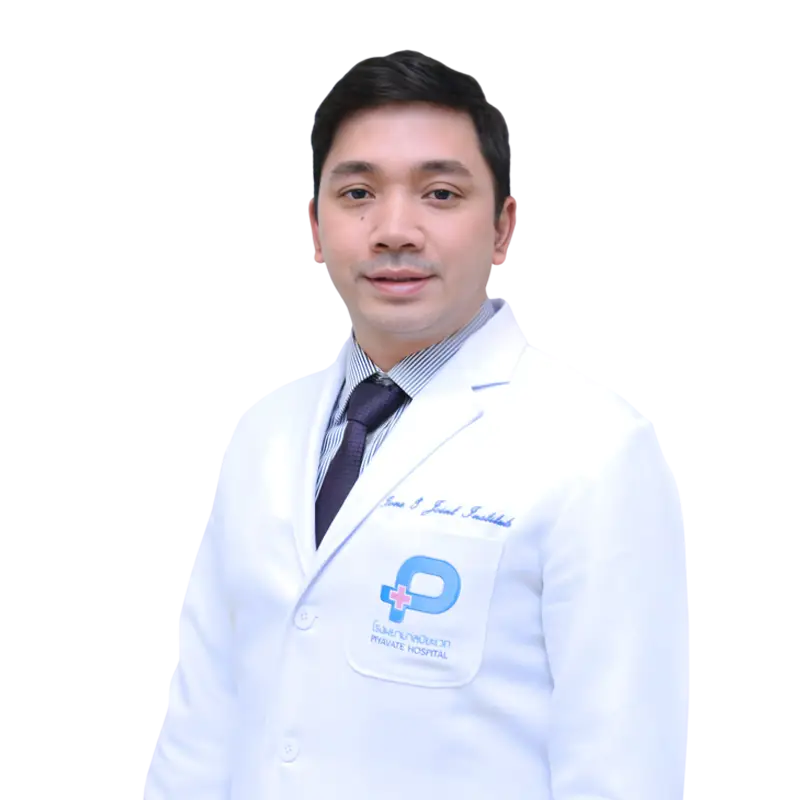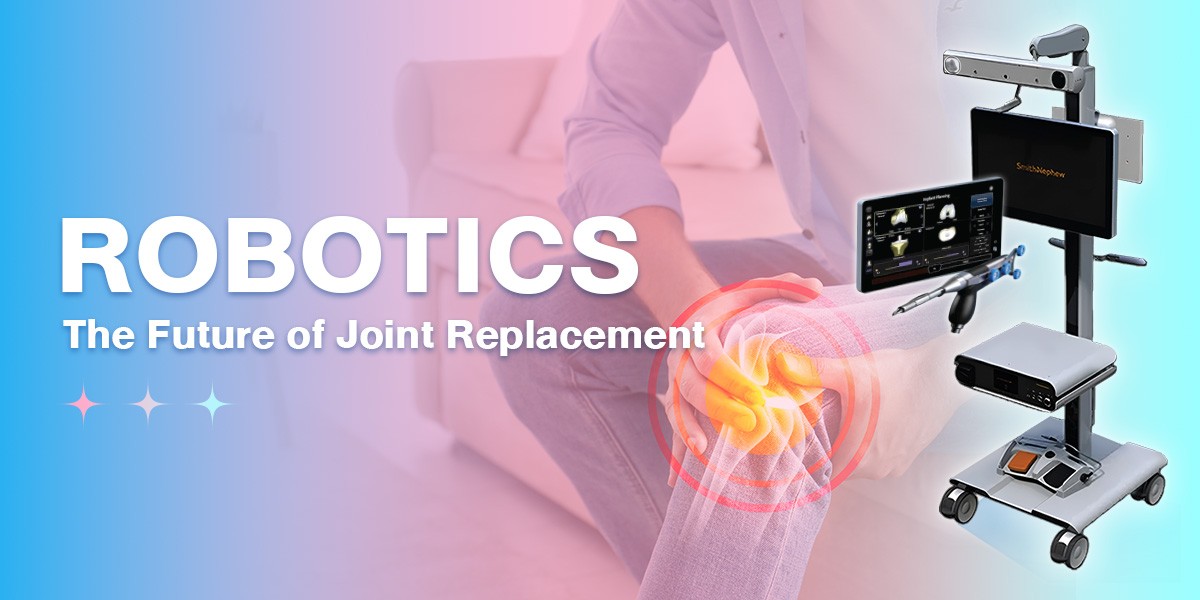- Orthopedic Center
About
Orthopedic Center Piyavate Hospital It is equipped with international technology and modern examination equipment, and has gathered a team of orthopedic specialists from various fields. Specialists in joint surgery, orthopedic surgery, spine surgery, surgeons, bone cancer doctors, and pediatric bone cancer doctors to take care of bone and joint problems for patients of all ages. In addition, there are doctors who specialize in sports medicine to take care of and provide consultation for athletes with specialized injuries.
Bone and joint diseases are close to each other and can occur almost all the time because our bodies are always moving. If there is an inappropriate movement, including sitting, Standing, walking, exercising, playing sports, accidents, and changing age all affect the structure of bones and joints, which can cause problems in daily living.
Bone and joint diseases are close to each other and can occur almost all the time because our bodies are always moving. If there is an inappropriate movement, including sitting, Standing, walking, exercising, playing sports, accidents, and changing age all affect the structure of bones and joints, which can cause problems in daily living.
Medical Services
- Expert Consultation and Treatment: Providing guidance and treatment from experienced physicians.
- Spinal Disorders Treatment: Addressing various spinal conditions.
- Joint Replacement Surgery: Including knee, shoulder, and hip replacements.
- Arthroscopic Surgery: Minimally invasive procedures for knees, shoulders, wrists, and ankles.
- Treatment for Fractures and Dislocations: Managing broken bones and dislocated joints.
- Muscle Pain and Injury Treatment: Addressing muscle-related pains or injuries.
- Bone Disease Treatment: Treating conditions caused by bone cell abnormalities and osteoporosis.
- Corrective Surgery for Pediatric Deformities: Surgical interventions for limb deformities in children.
- Bone Deformity Correction Surgery.
- Bone Tumor Surgical Treatment.
- Joint Disorders Treatment: Managing conditions of the knees, shoulders, hips, and wrists.
Advance Tools and Techniques
- Microscopic Spinal Surgery: Minimally invasive surgery for spinal nerve compression.
- Arthroscopic Surgery: Using a scope to perform surgery on joints.
- Computer-Navigated Hip Replacement (Navigator System).
- Percutaneous Vertebroplasty: Cement injection for treating spinal fractures and collapse.
- Double Balloon Kyphoplasty: Treating vertebral compression fractures caused by osteoporosis with a dual balloon technique.



